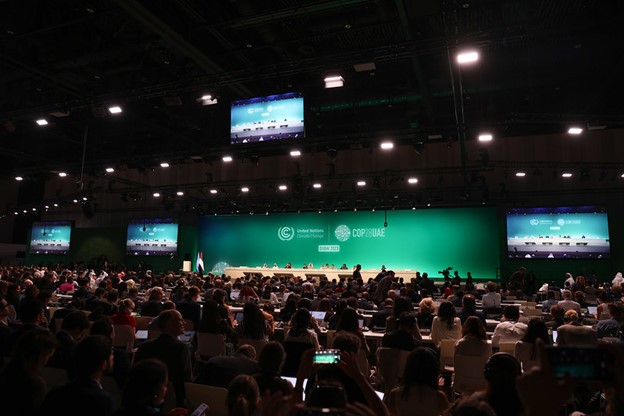Évaluation de la COP28 : Programme d’adaptation négligé; engagements d’atténuation insuffisants
Post Views: 496

Rapport numérique de l’OST – Février 2025
lundi 10 mars 2025




Rapport numérique de l’OST – Février 2025
lundi 10 mars 2025




